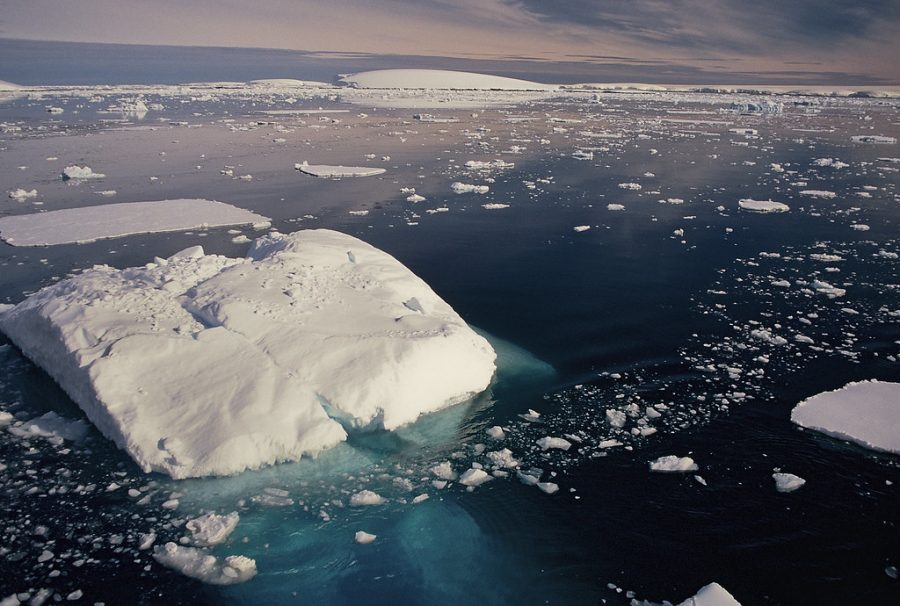Antarctica’s sea ice level reaches all time low
March 27, 2023
Antarctica’s sea ice is depleting at the fastest rate since scientists first began recording forty years ago.
In September, sea ice typically reaches its maximum extent — covering around 7 million square miles of the Earth’s surface. At the end of February 2023, roughly 1 million square miles of sea ice remained, according to the National Snow and Ice Data Center.
Sea ice is crucial for animals such as penguins and polar bears that rely on Arctic ice as a platform to hunt and escape from predators.
Climate change and Earth’s surface heating up at an abnormally high rate plays a significant role in changing the world’s ecosystem.
The climate crisis is making itself visible with “remarkable” losses of Antarctic sea ice, illustrating that global warming is impacting the ocean’s temperature and weather patterns.
However, the abrupt disintegration of sea ice is not only attributable to climate change. Scientists are rushing to discover whether these record lows are part of a natural phenomenon or signal an underlying unaddressed climate crisis.
The ice’s rapid decrease will result in forceful waves striking against Antarctica’s coasts, which will inevitably reduce the continent’s ice shelves. This poses a threat to massive glaciers which can cause considerable damage and flooding to various coastal cities.
“If these glaciers begin a more rapid runaway loss of land ice, it could trigger a dramatic increase in sea level rise rates before the end of this century,” Julienne Stroeve, an NSIDC senior research scientist and professor at the University of Manitoba in Canada, said.
Thwaites is one of the least stable shelves, and if it were to collapse alongside the glacier that it is attached to, there would be a two feet increase in sea levels around the world.
Last year, sea ice was around 772,000 square miles and on Feb. 21, it was estimated that there were only 691,000 square miles left. These numbers are depleting at an alarming rate. There has been a 40% decrease in sea ice between 1981 and 2010.
An often-ignored benefit of sea ice is its cooling properties. Sea ice reflects sunlight back into space. A lack of sea ice causes the light reflected into space to decrease, contributing to global warming.
To gain a better understanding of why this phenomenon is occurring, scientists are studying glaciers like they never have before.
The research “is telling us a lot more about the processes that drive retreat on Thwaites,” Peter Davis, an oceanographer with the British Antarctic Survey, said.
There is a lot to be investigated, and although the situation remains uncertain, “the worst-case scenario for the ice shelf, at least this century ‘is a little less worse than it used to be.’”







